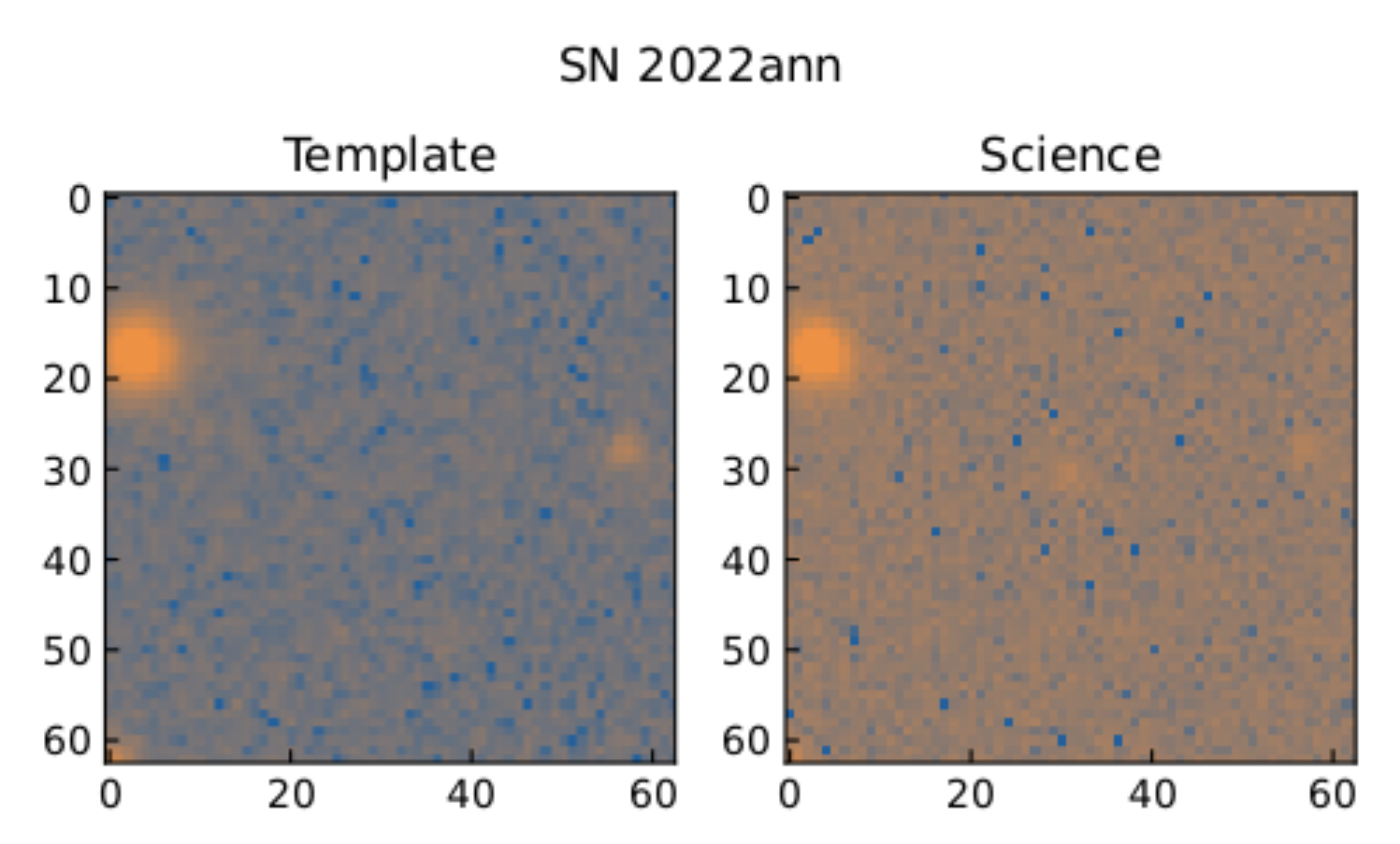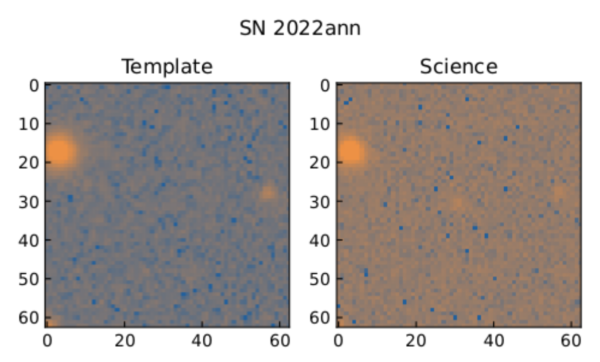Not all those who wander are lost.
J. R. R. Tolkien
During the seventh edition of the COIN Residence Program, a new generation of members of the Cosmostatistics Initiative has embarked on a quest to explore the fascinating world of hostless transients.
The most energetic transient events in astronomy are generated by large energy discharges, like the death of the star or an emission from an active galactic nucleus. They are normally detected within a galaxy, since galaxies host the majority of the stars and black holes in the Universe. Nevertheless, sometimes we detect some orphan transients -- meaning very bright episodes that seem to happen in the space between galaxies. These intriguing objects are lonely beacons in the sky, akin to lighthouses in a dark sea. The most likely explanation for these orphan events is that their hosts may be too faint to detect, e.g . supernovae, and particularly superluminous supernova events, can easily outshine their host galaxies. Another possible scenario involves an explosion occurring far from the host galaxy's center or even representing a true hostless event caused by intergalactic stars.
Regardless of the reason why these events are deemed hostless, they represent an immense opportunity to observe a rare configuration of astrophysical sources and may help us develop better models to understand small galaxies, as well as the process of star formation.
Nevertheless, such events are inherently elusive; determining whether a faint host is truly absent requires a meticulously crafted statistical analysis. Without this, we risk a high incidence of false positives, as host counterparts can easily be misidentified as background noise. To enhance our accuracy, we have integrated one of the foundational statistical methods, Fourier analysis, with more modern transport-theoretic inspired models, such as Wasserstein distances. The method relies on the assumption that information is hard to destroy, and as a consequence, an image with a host will carry some signature of that host, even when its pixels are scrambled.
They built the ExtragaLactic alErt Pipeline for Hostless AstroNomical Transients (ELEPHANT) which uses these individual analyses in a consistent way and coupled it with the infrastructure provided by the Fink broker, which receives a few hundred thousands transient candidates per night from the Zwicky Transient Facility. By applying ELEPHANT to historical data, they were able to identify very interesting candidates which were already reported by others, as well as new intriguing ones which deserve further investigation.

Example of a pair of stamps from a hostless candidate found by ELEPHANT, where the template does not show the presence of a host (left) and the transient is seen on the science (right).

Example of hostless candidate found by ELEPHANT where the template was taken while the transient was still bright. In this case the hostless stamp is the science (right).
The team is now working to integrate ELEPHANT to the Fink broker, which will be able to deliver a daily list of hostless transients, thus highly increasing our ability to study such rare events.
Reference: Pessi et al, 2024, arXiv:astro-ph/2404.18165

